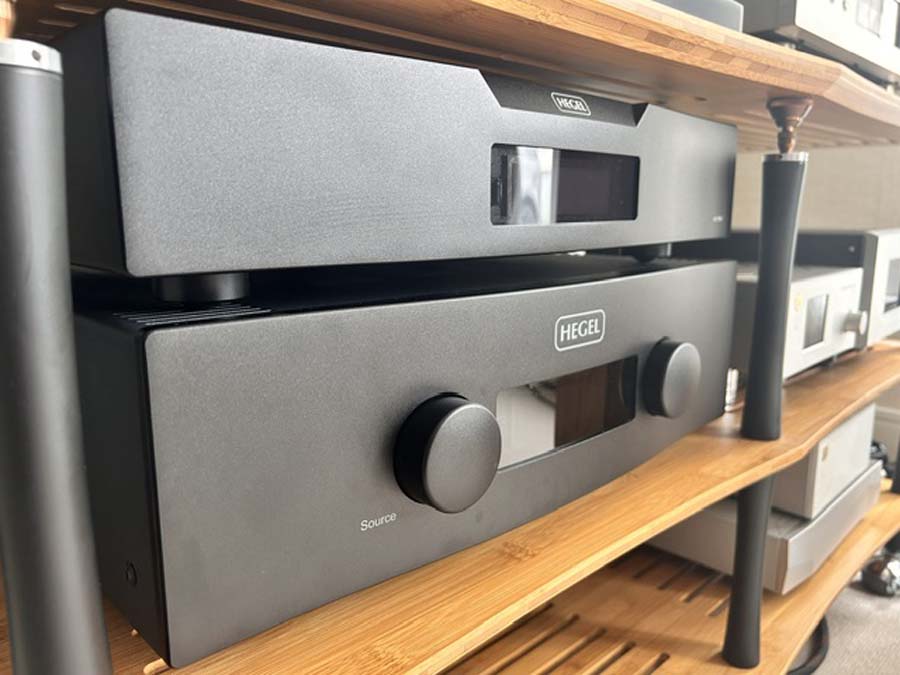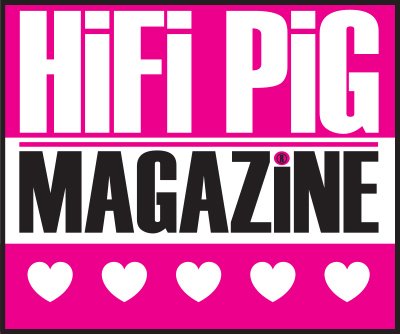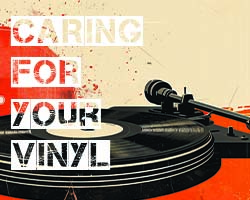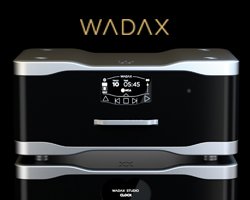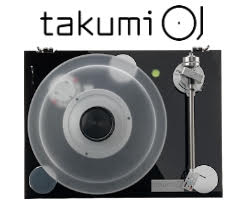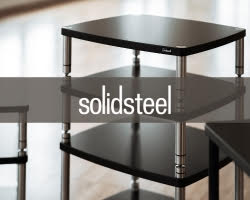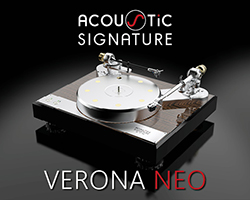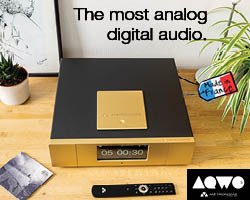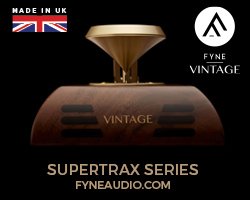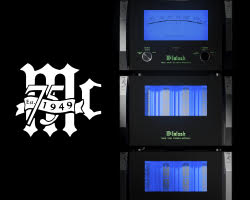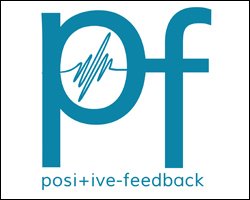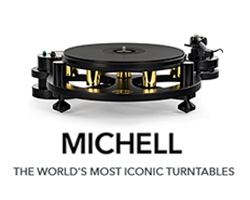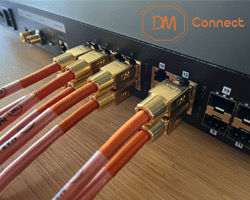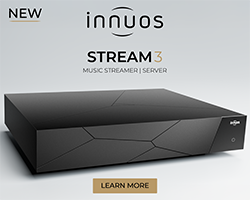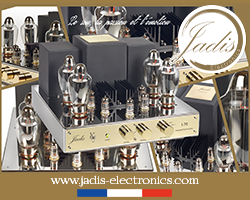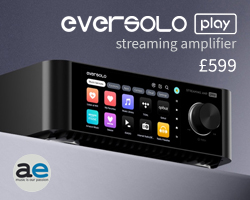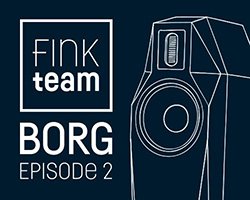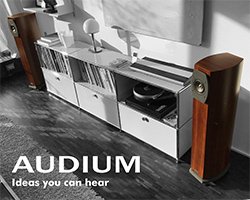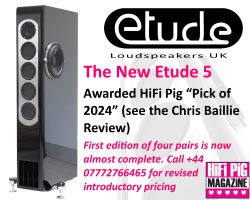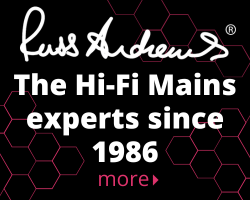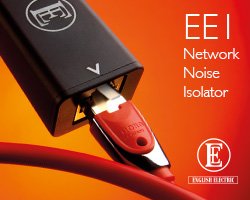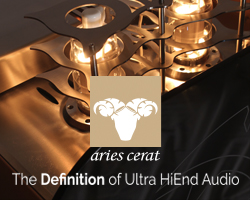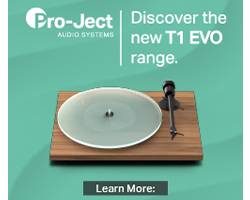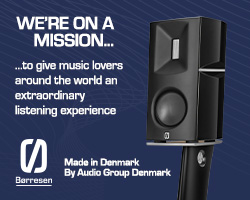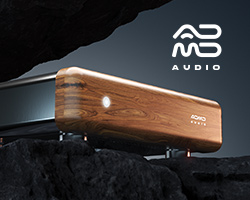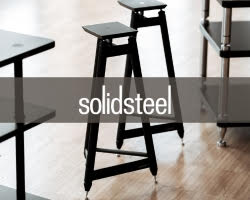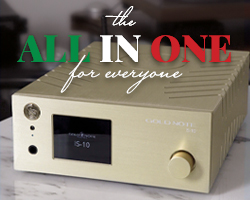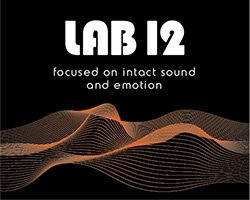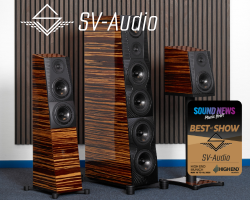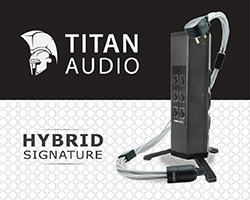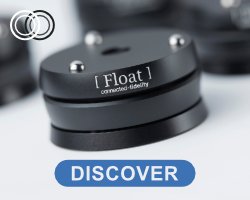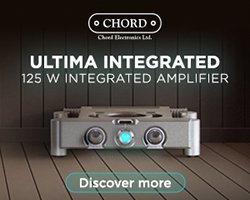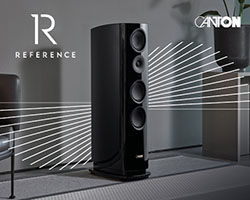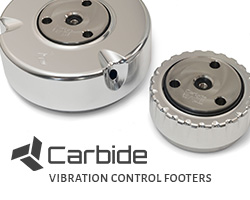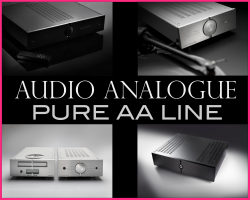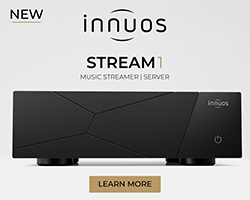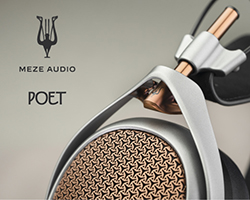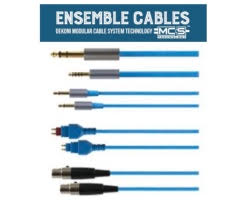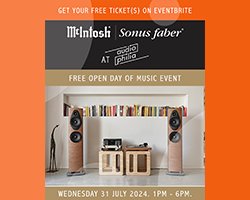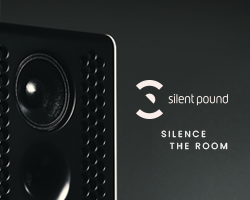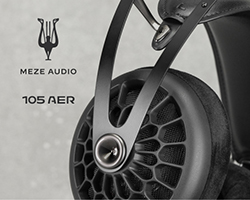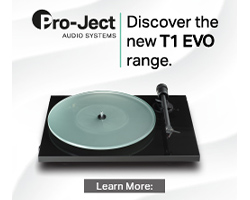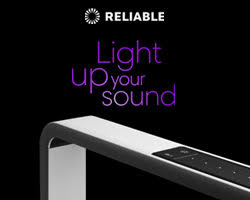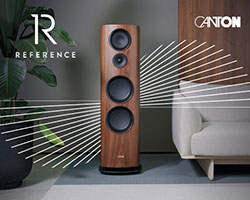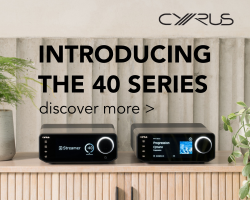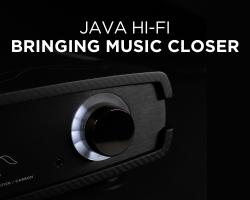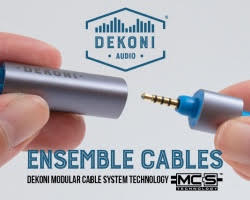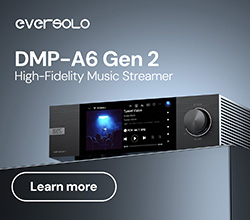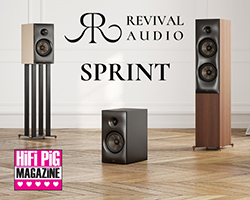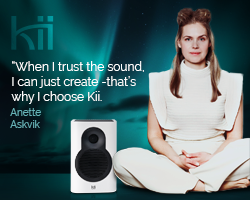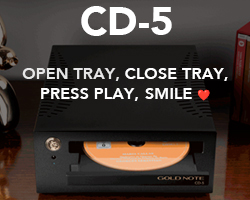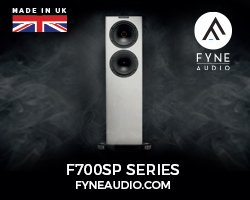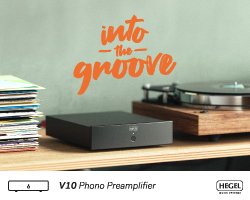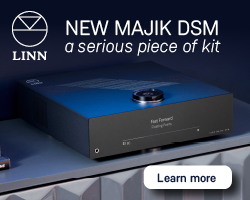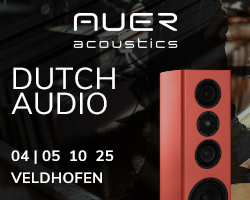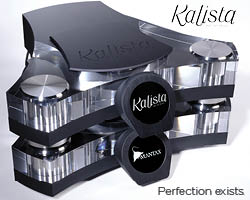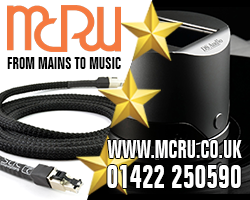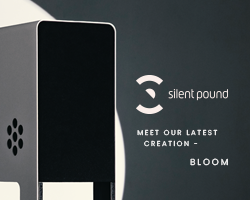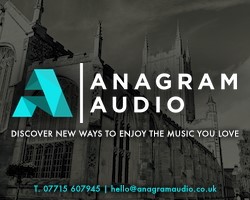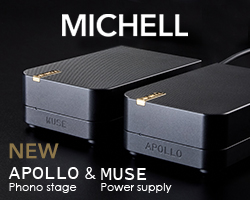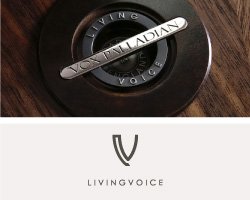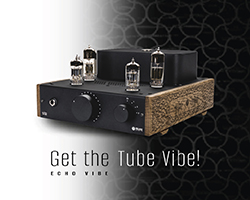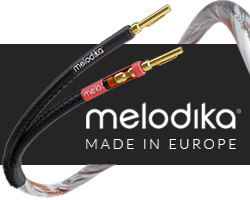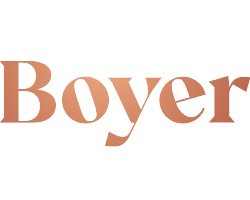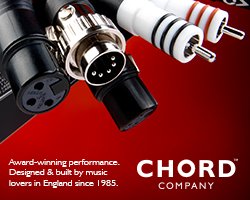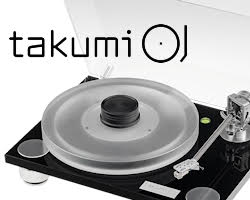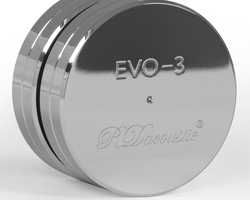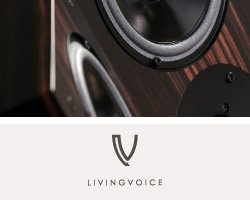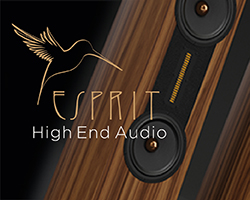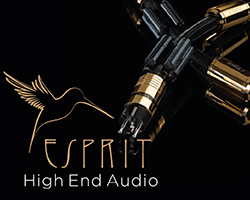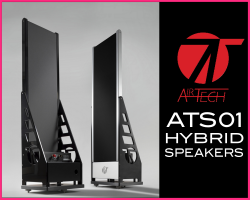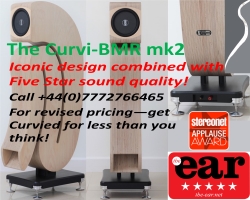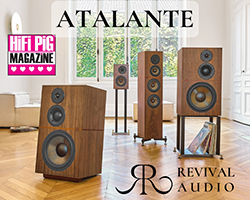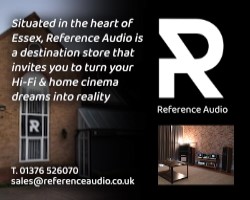HEGEL D50 RAVEN DAC REVIEW
Hegel D50 Raven DAC is the latest DAC from this Norwegian brand and comes a full ten years after their last standalone DAC, the D30. The D50 Raven costs £4250 in the UK, and in this review, Alan McIntosh puts it through its paces for HiFi PiG.
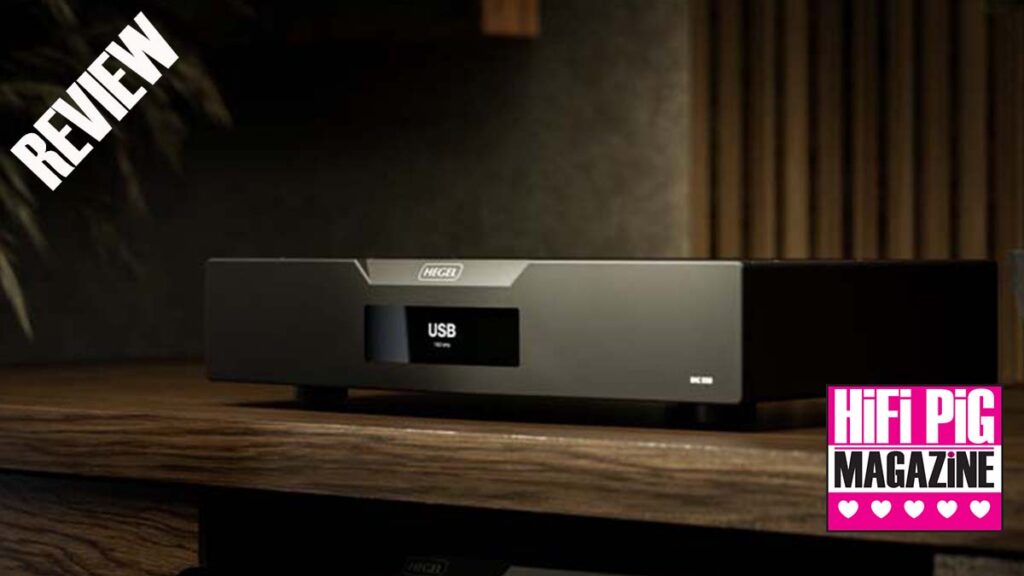
DACs are everywhere these days, and it seems for some manufacturers, they release a new one every year or two. Not Hegel. Their last “reference” level DAC, the D30 was released in 2105, and I was lucky enough to own one for several years before foolishly selling it and going down a rabbit hole of different boxes, always with a slight tinge of regret, as it was a simply superb DAC. Akin to the release last year of the Viking CD, the replacement for the incredibly highly regarded Mohikan, Hegel has, a decade after the D30, brought the D50 to market. They say all good things come to those who wait… but is that the case here?
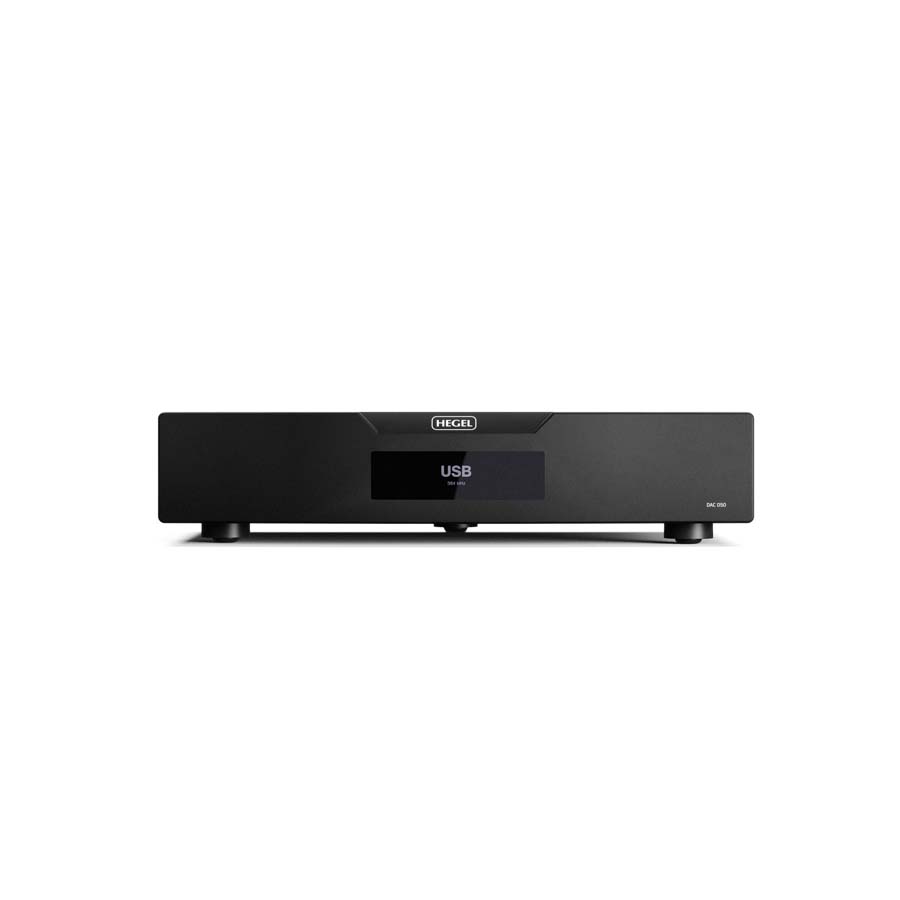
BUILD AND STYLING OF THE HEGEL D50 RAVEN DAC
Following the P30, H30 Pre and Power amps, and Viking CD player, Hegel’s legacy form factor has been updated on the D50 with a curved front face retained but juxtaposed with sharper angles and a recess bearing the Hegel logo, along with a whiter, crisper screen showing selected input and sample rate; a modern update that is enough to show evolution but understated enough not to alienate legacy “Hegelians”. A full width DAC, in an all aluminium build, the Raven is still pretty lightweight to lift out of the double skinned shipment boxes; certainly a lot less weighty than my H390 Amplifier (thank goodness), so it was easy enough to get it onto the rack and plumbed in via a standard kettle power cable (Hegel recommend this rather than after market “audiophile ones” so for review I went with it).
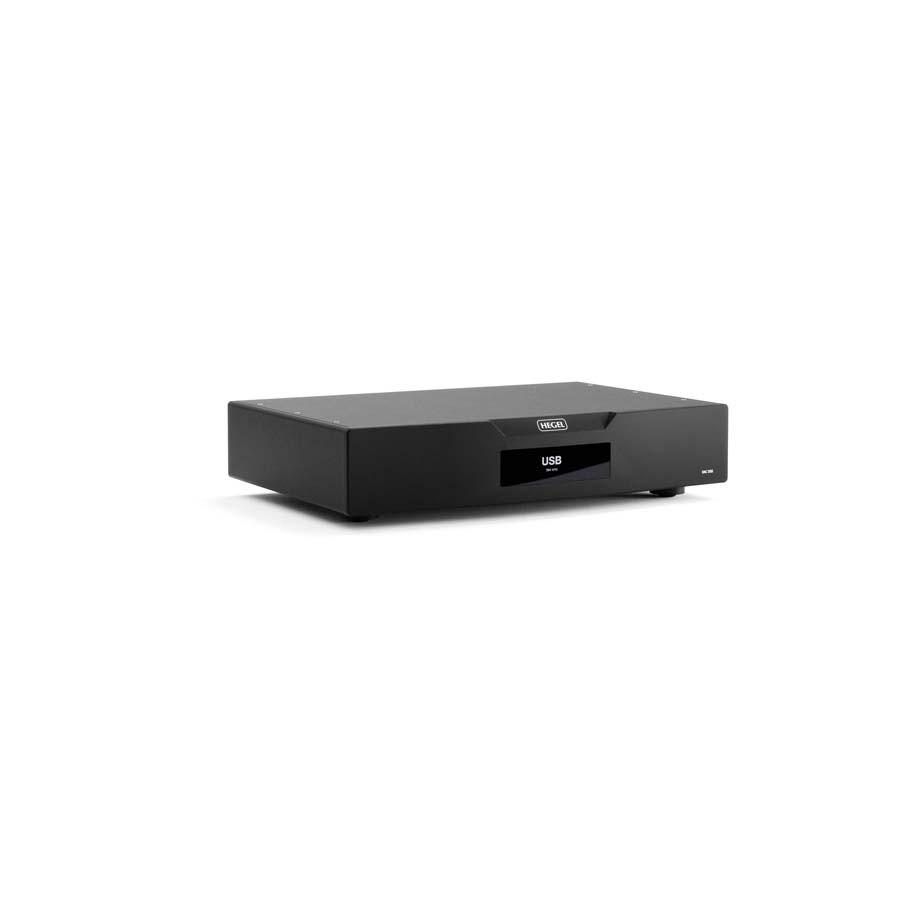
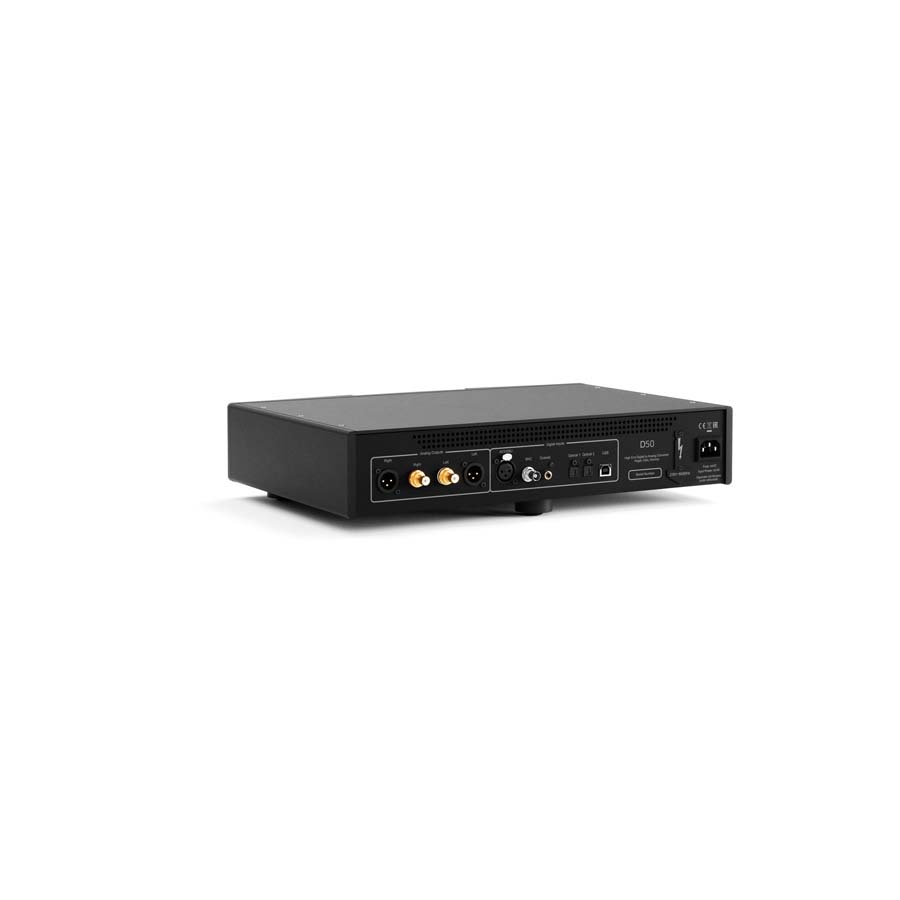
There are two ways to implement the D50; either in “serial” as you would normally think of DAC being used (between source and amplifier) or (and how we start in this review) via Hegel’s DAC Loop approach. The DAC Loop capability means the D50 is in “parallel”, whereby my Innuos Pulse is connected directly to my Hegel 390 by USB, as if I was planning to use the 390’s internal DAC, but instead the digital signal bypasses it and loops out (via BNC) to the D50 and then the analogue loops back in via XLR. This BNC/XLR selection is mandatory for the DAC Loop to work. A quick setup via the H390’s on-screen menu, and you can activate or disable DAC loop as required. In this configuration, it’s relatively simple to A/B test the D50 vs the 390’s very competent internal DAC. Later, we will look at a side-by-side comparison against my reference DAC, the Norma Audio HS DA1.
The single ESS 9039Q2M chip sits on a separate board from the rest of the internals to reduce noise; however, signal paths are kept short, say Hegel, to further reduce interference. Hegel has applied careful filtering to the Ravens power input, which they claim can even improve the performance of other components on the same circuit – even when not in use. More on this intriguing facet later. Power distribution is split across two low noise toroidal transformers to ensure that noisier digital processes and settings like standby do not infect the more sensitive Digital and Analogue components. This “compartmentalisation” approach is becoming more prevalent on higher-end offerings and, in my experience, is nothing but a plus, often resulting in improved capability to deliver precise, uncoloured signals that end up as cleaner, better-presented music.
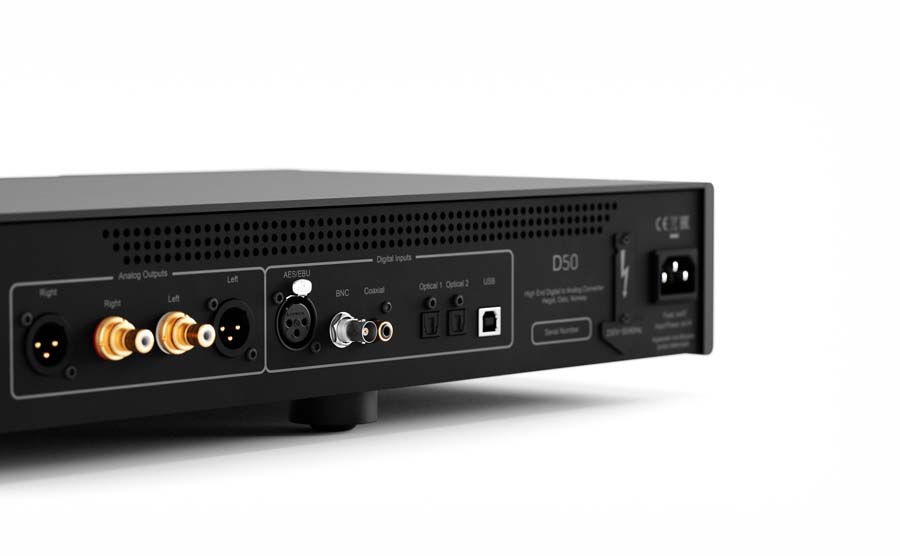
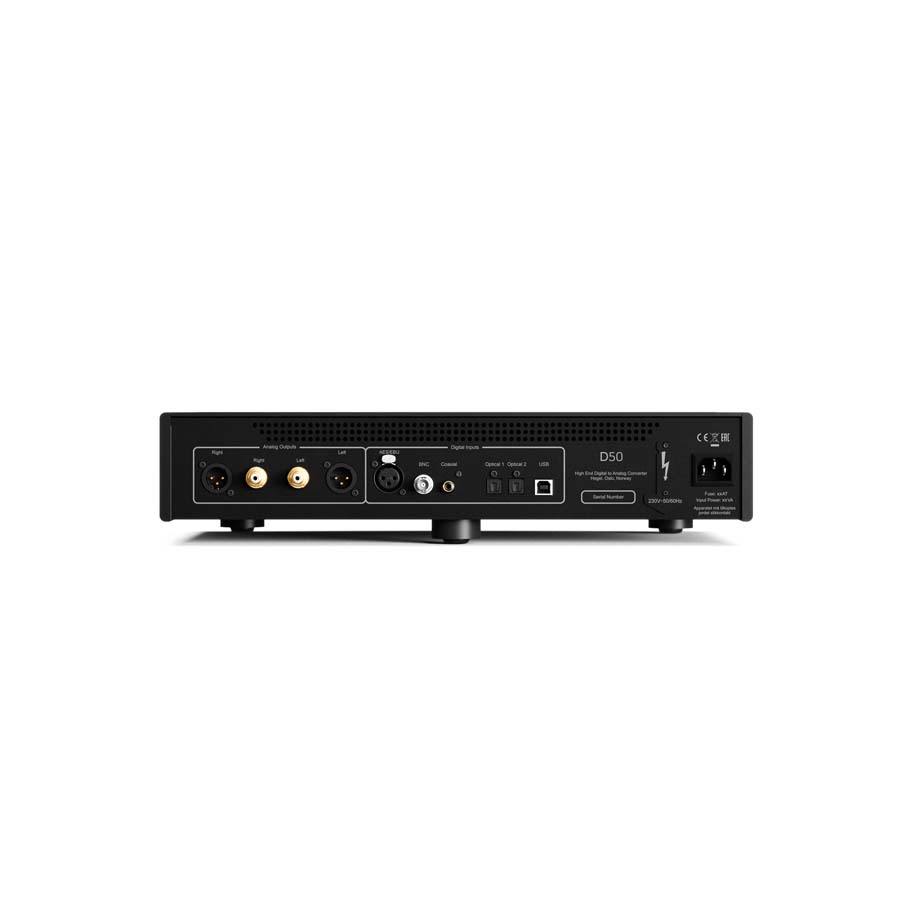
Timing, of course, has not been overlooked by Hegel, who employs not one, but three clocks, in the digital chain to ensure nothing but great timing and better coherence of signals. The SPDIF and USB inputs have a dedicated clock to address jitter, and 44.1KHz and 48KHz signals each have a dedicated clock. The more years and more devices I spend time around, the more power and clocks evidence themselves to be critical in getting great Digital to Analogue conversion that removes or at least ameliorates jitter, time smearing and noise, and it’s well understood that native clocking alignment to 44.1/48Khz frequencies provides sonic benefits. The AES/EBU input has been given special treatment as well to deal with variance in signal strength through the addition of a dedicated RS422 receiver and transformer to smooth the fluctuations and remove jitter. All these add up to a less degraded signal arriving at the DAC converter itself, which in turn should follow the rule “The better the signal in, the better the signal out”. Or, conversely, the aim is to avoid “Shit in, Shit Out” as we tend to talk in tech circles.

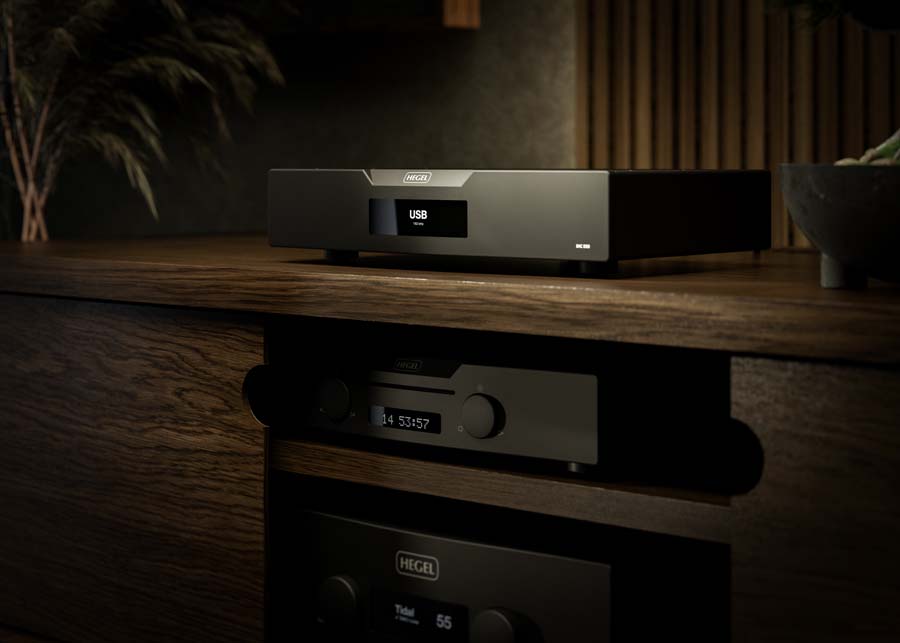
The front fascia is unsullied by such garish things as buttons or knobs, and, instead, the single power button and two input selection buttons are secreted neatly on the underside just below the screen, familiar to the Hegel range in general. Around the back, we have a selection of digital inputs across BNC, COAX, USB, and a brace of SPDIF/Optical inputs as well as AES/EBU – so all the usual suspects are covered. Missing is an I2S, which may rule it out for some potential buyers, but is probably another indicator of the fact that Hegel doesn’t tend to follow trends. Output has you covered with RCA and balanced XLR with the XLR being required if you want to use that DAC Loop function with a suitable Hegel Amplifier (300, 360, 390,590,400, and 600 models). The Raven ships with a standard, metal-cased Hegel R8 remote, which also controls Hegel Amps. Unlike the Hegel D30 Streaming DAC, there is no streaming or Preamplifier present in the D50 – it’s a pure DAC. Depending on the input and source, the D50 handles files up to DSD256 (DoP), 32bit/384Khz and MQA (not tested).
QUOTH THE RAVEN, NEVERMORE
Quoting Hegel’s website, “In Norse mythology, the ravens Hugin and Munin brought Odin unparalleled insights, revealing the world’s hidden truths. Inspired by their precision and clarity, the D50 deciphers the complexities of digital audio with absolute precision”. Would that be the case in review?
After a couple of days of just letting everything run and settle, I got comfy, closed the listening room door and started my comparison in earnest, initially listening to my Hegel 390’s very competent internal DAC with a variety of my usual test tracks, and some newcomers for some flavour. Rather than delve deep into the tracks (we’re here to talk about the DAC not my dubious music taste) I included (on as high resolution as I have to hand either via my own collection on local storage or via Qobuz) the likes of INXS, Dexter Gordon, Djabe, Derek and the Dominoes, Hans Zimmer, Journey, Terry Callier, Jean Michel Jarre, and The Pet Shops Boys, to name but a few.
Next, making no other changes apart from plugging the Raven in but not actually turning it on, I repeat the process (flipping back and forth regularly to reduce the time between comparisons). This is where things got weird. The sound improved. Subtle but quite obvious. Remember, the D50 Raven is plugged in here, but NOT turned on, so it is “passive” in the system. Why does simply plugging it make a difference even when not switched on? Filtered power? Earthing? The mind boggles – I can only assume the in-parallel filtered power supply impacts positively on the whole system. There was a small lift in the overall dimensionality of sound. Bass was a little fuller and tighter, mid’s and vocals presented a little more into the room, and there was an overall natural coherence to the music that made me pay more attention with a reduction of some over bright tops. If this was a hint of what’s rapping at the door to come in, then colour me intrigued enough to open it.
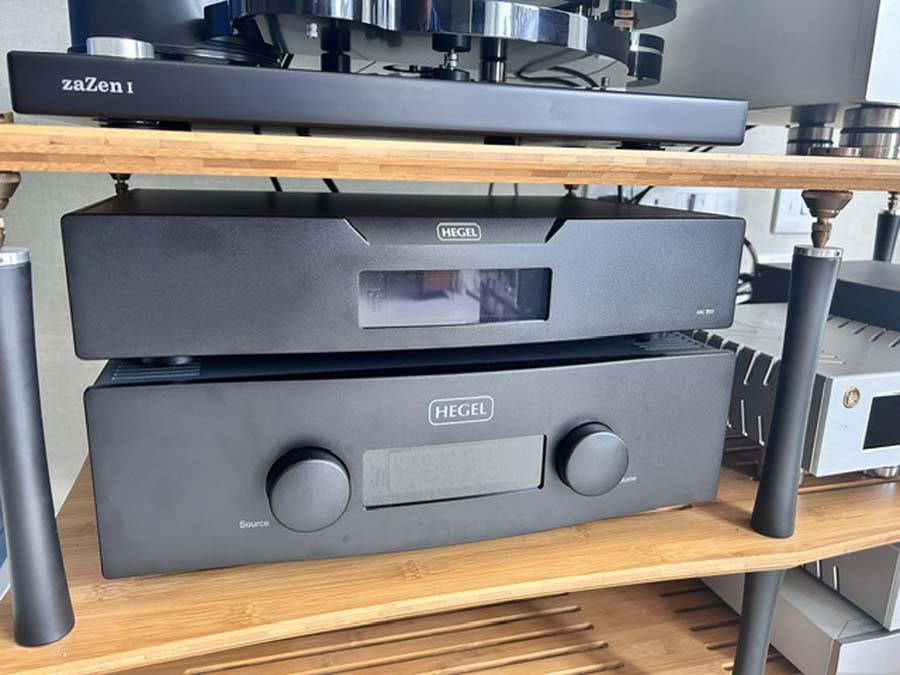
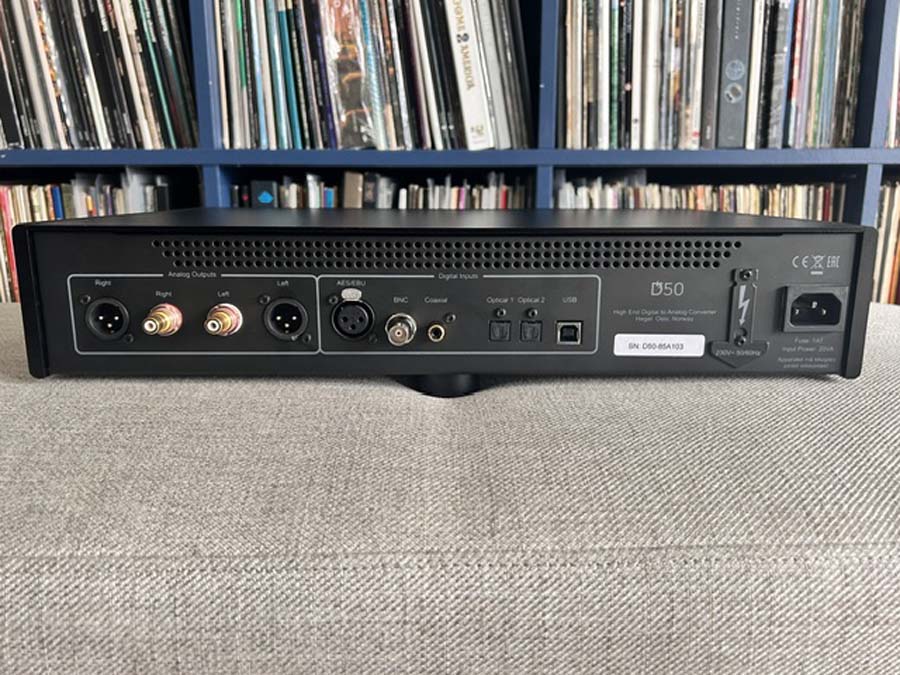
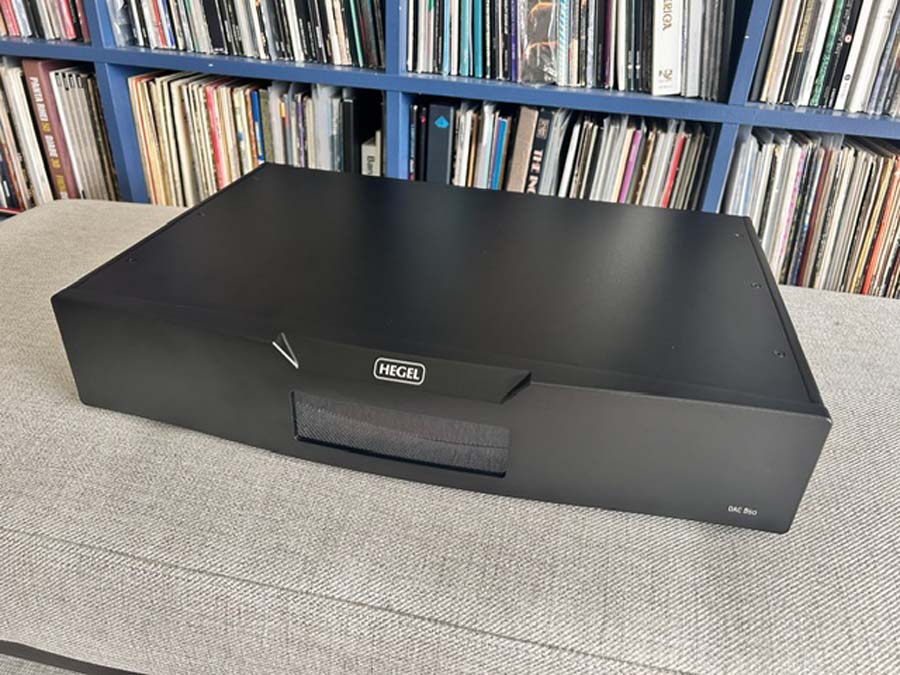
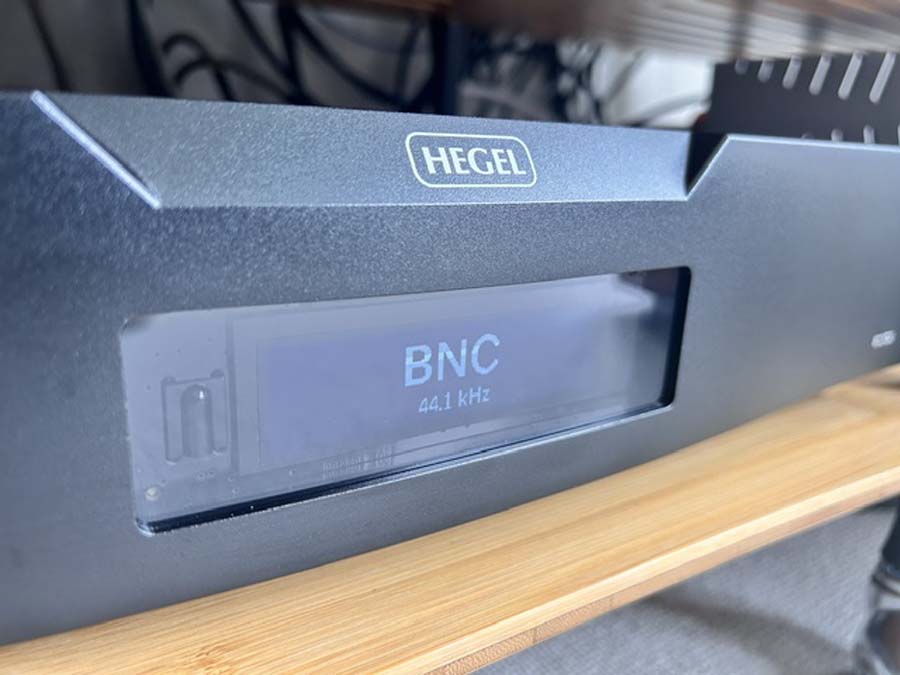
The next step was to run in full DAC Loop mode. The Raven powered on, DAC Loop selected on the 390, and its screen indicates it’s now activated. Weight, emotion, richness, forward/ back dimensionality of voices, less smearing and sibilance, a more engaging mid-range which accentuates but does not bloat bass. Transients and decay are more evident and extended, particularly in piano and guitar. The audiophile superlatives are flowing with every single A/B test I do – much further than the changes I initially observed with just the passive D50 in the circuit. Based on the bass response, I would usually be tempted to say some warmth crept in, but that would be a disservice to Hegel. That said, I’m invited in from the cold, seated and offered a good single malt and made very welcome! It’s with voices that I’m really taken; the presence and extra “in the room” depth and space is quite a shock.
After a couple of weeks of this comparison, I decided it was time to see how the D50 lined up next to my Norma DAC. The Norma for me is a very natural, embracing DAC, not fatiguing in the slightest, and good at uncovering mid and top without glare. It’s got a lightness of touch and attention to detail that means it’s my reference DAC and will remain so for some time, I believe. It should be remembered that the Norma (ignoring its optional added Pre Amp) comes in at a lower price point than the Raven, but is, nonetheless, a superb DAC.
Returning to my test playlist, the A/B testing in this “standard” configuration is less easy, or as slick, as it involves cable swaps, but I conduct enough of it over a week or so that I’m very comfortable with the results. The jury is in, and like a beating heart that refuses to let me ignore it, the Hegel D50 Raven sets itself apart from the Norma. It’s a much closer race than against Hegel’s internal DAC in DAC Loop mode, but what separates the two, with the Raven a beak ahead, is mid-range realism and extended spatial presence, particularly evident on piano and voice. Kick drums are a little less dry, a little fatter and instruments have more natural timbre. The engagement, I feel, is unquestionable. And that surprised me given how impressed I’ve been with the Norma. Listening is just that much more elevating and engaging; this is about great-sounding music, not wringing the last microscopic audio granules out of the recording. Clinical, surgical, analytical – I wouldn’t use these to describe the Raven, but clarity and resolution are there for sure.
This is not a usual DAC style “smidge” of a difference; the differences are substantial, unwavering and undeniable. If you ever doubted that a well put together DAC platform, with well thought out power, and an improved clocking strategy could give you better sonic results (but surely it’s all 1’s and 0’s I can hear them cry even now) then have a listen, and nevermore be in the dark on the reality of what a great DAC can bring to your digital party. And make no mistakes, the Raven from Hegel is a a great DAC
CONCLUSION
Put simply, Hegel has pulled a blinder here, and more so than I expected, as often DACs are a subtle outing at best when comparing side by side. Raven has been 10 years in the making, but worth it. Deciding whether to invest in the Raven is a simple choice of budget, not of benefits. The benefits in sound are laid bare and in all their glory; the only question should be, can I find the funds to get it in my rack? Whether in DAC loop mode or in a traditional setting, this is a DAC to beat.
AT A GLANCE
Build Quality and Features:
Hegel’s usual understated but solid construction, easy to navigate and visually appealing
All the digital inputs you could hope for, barring the increasingly sought after I2S
A well-implemented end-to-end chain spanning power, clocking, DAC implementation, and analogue output stage
DAC Loop is an extra bonus for Hegel users if seeking to consolidate boxes
Sound Quality:
Unquestionably impressive
Coherence and power that’s balanced well with quite a surprising amount of front-to-back presence around the mid bands and vocals in particular
Perceivable improvements in digital playback, even when not switched on, but plugged in
Value For Money:
One man’s bargain is another man’s “are you insane?” so value is subjective. If you are still an “all 1’s and 0’s” are the same, or “the components themselves only add up to £22.50 and a bag of lemon bon-bons” kind of guy, then it’s unlikely this is for you (and you are, I’m sorry to say, seriously misguided or just haven’t been exposed to what good quality digital audio can do) If, on the other hand you are budgeting for a serious upgrade, don’t have a DAC at this level, or simply trying to plan your next Hegel upgrade and want great sonic returns, then invest away I say, and don’t look back. You won’t regret it. Then you have another 10 years to save for the next DAC Hegel may decide to unveil.
We Loved:
The understated design, DAC loop compatibility with the H390 and most importantly, how great it sounds in every configuration!
The imaging and realism are simply next level
We Didn’t Love So Much:
Nothing much I can find fault with here, barring me having to hand it back!
Some may have wanted native DSD rather than DoP, but this is a minor point for most
Price: £4250
Elevator Pitch Review: Hegel don’t rush products out, and the D50 was indeed worth waiting for! If you already have a Hegel amp and want to take your streaming to a higher level, then don’t wait to play test it. Hear your music with a clean, fresh realism and energy, and make a business case for the budget. Even if you don’t have a Hegel amp, the D50 Raven is one of the best sounding DACs I’ve ever come across and will elevate any listening experience. It’s a tour-de-force again from Hegel – even if we had to wait 10 years.

Alan McIntosh
SUPPLIED BY AUDEN DISTRIBUTION
SUPPLIED SPECIFICATIONS
Digital inputs: 1 x AES/EBU S/PDIF, 24/192, DSD64(DoP), MQA 8x, 1 x Coaxial (BNC) S/PDIF, 24/192, DSD64(DoP), MQA 8x, 1 x Coaxial (RCA) S/PDIF, 24/192, DSD64(DoP), MQA 8x, 2 x Optical S/PDIF, 24/96, MQA 8x, 1 x USB 32/384, DSD256(DoP), MQA 8x
Line level outputs: 1 x Unbalanced fixed (RCA), 2.5 V, 1 x Balanced fixed (XLR), 2.5 V
Analogue bandwidth: More than 0 Hz – 100 kHz
Signal-to-noise ratio: More than 100 dB
Noise floor: Typically -150 dB
Distortion: Less than 0.0002 %
Dimensions/weight: 43 x 30.5 x 9.9 cm (WxDxH), 6.6 kg
Associated review equipment. Hegel H390 Amplifier, Innuos Pulse Streamer, Chord Epic Ethernet cabling, Norma Audio HS-DA1 DAC/Pre (for comparison), Audioquest Coffee USB cable to DAC, Chord Epic XLR cables to Amp. Titan Audio and Puritan Audio Power (barring the Raven), Blumenhofer Tempesta 17 Speakers, Tellurium Q Black II speaker cables, Innuos Pulse. Qobuz and Synology NAS for file streaming.





















































